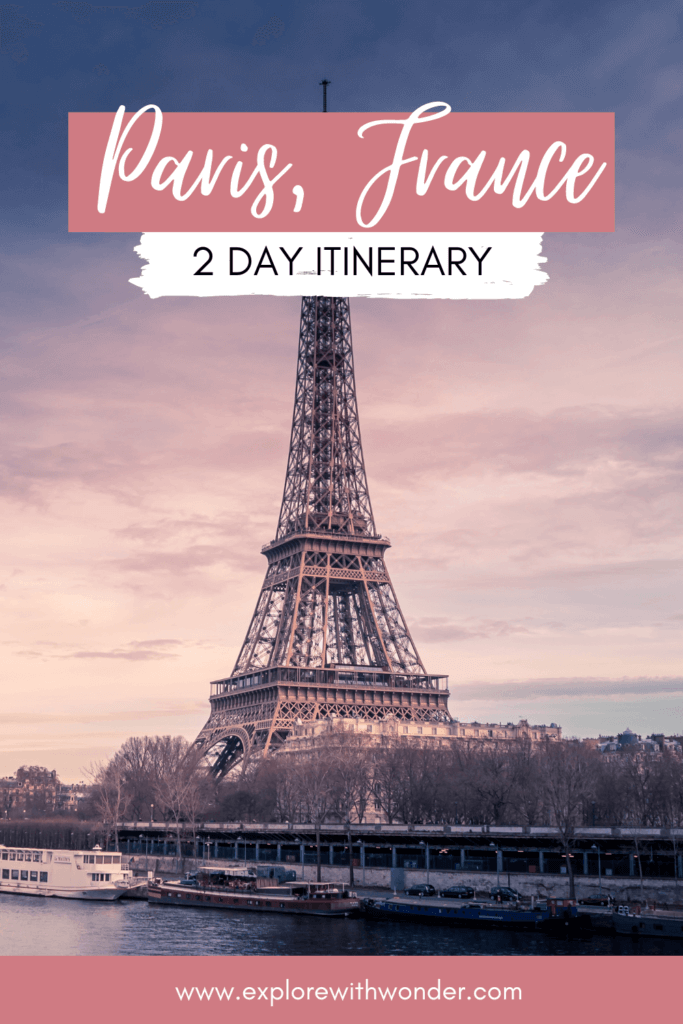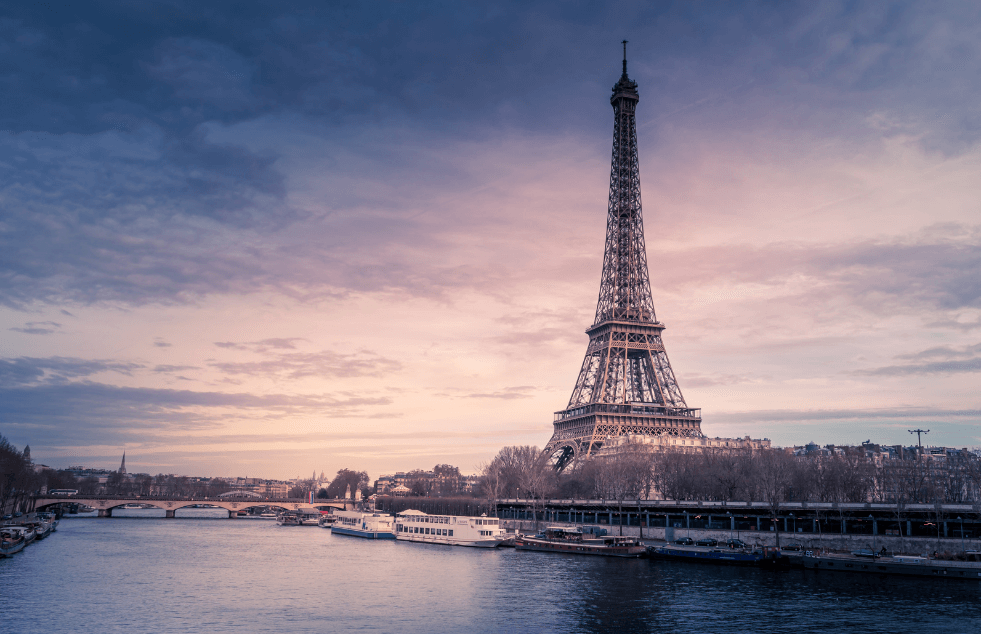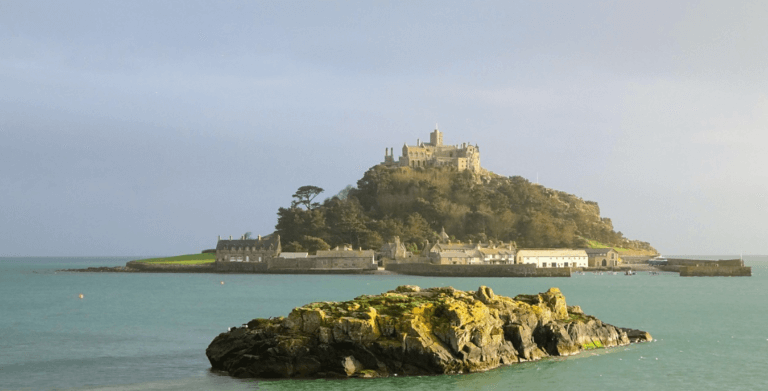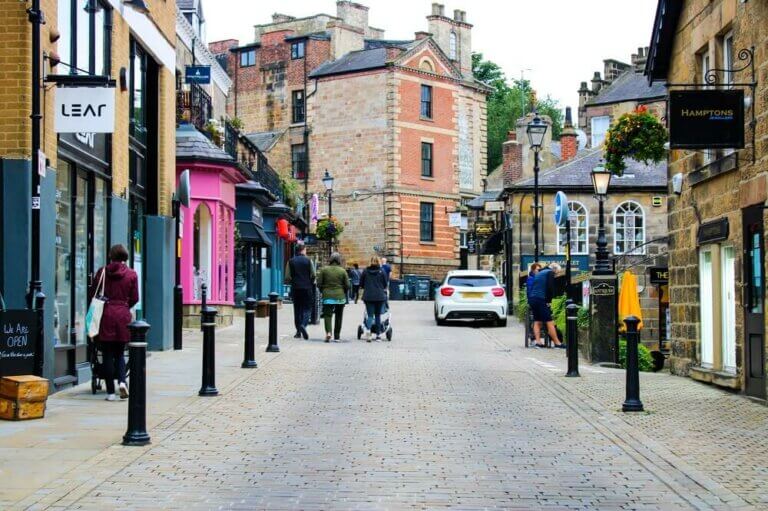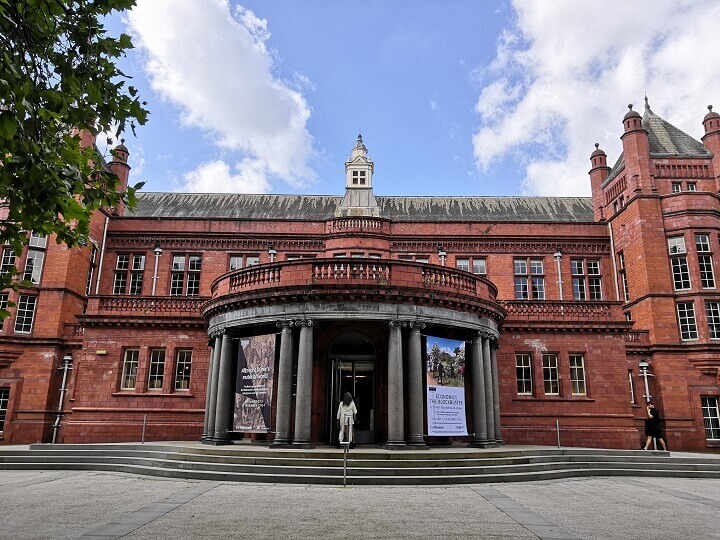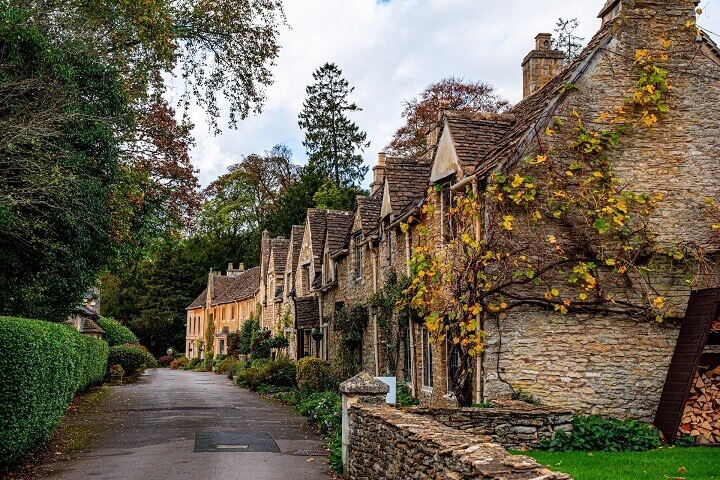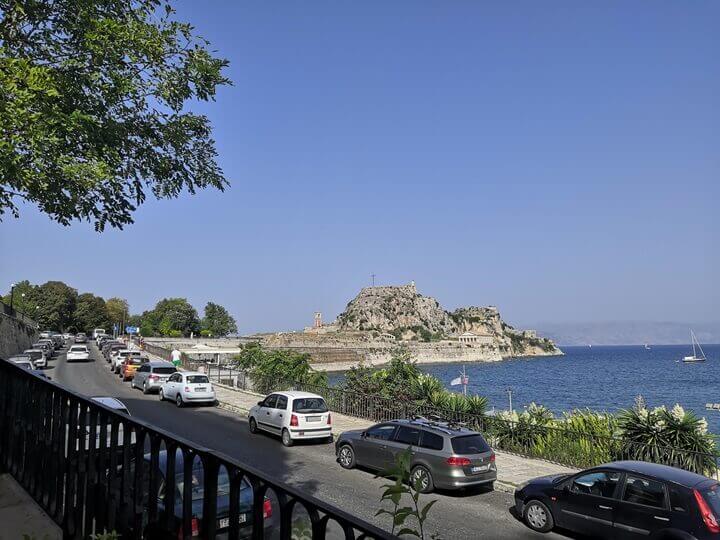2 Days in Paris: The Perfect Itinerary
The City of Lights is on many travellers’ must-visit list, and with good reason. The French capital offers something for everyone, from history buffs and art lovers, to foodies and fashionistas. So what if you only have 2 days in Paris? Don’t worry, you can still enjoy some of the iconic sights and neighbourhoods of the city.
This 2 days in Paris itinerary focuses on the most famous attractions including the Louvre, Eiffel Tower and Notre Dame. It will give you a taster of what makes this city so special. Chances are, after your first trip, you will dream of going back there again and again.
Let’s now take a closer look at the suggested itinerary.
Day 1 of the 2 Days in Paris Itinerary
When doing the research for my own trip, I’ve often seen itineraries that would include multiple museum visits in one day. While I don’t think this is a problem if you’re visiting some of the smaller ones, I wouldn’t recommend this approach if you’re wanting to include the Louvre.
Obviously, if the plan is to just cover as much ground as possible, then the itinerary can be expanded to include more items. However, I believe that Paris is a city to be savoured. So take your time to enjoy its treasures. There is no way you can see everything that it has to offer in just 2 days anyway.
The Louvre Museum
We’ll start the day at the Louvre Museum, the largest art museum in the world. Housed in a former palace on the right bank of the Seine, it is arguably one of the most visited landmarks in Paris. It is home to vast collections of art and antiquities spanning centuries of human history, including such masterpieces as the Mona Lisa.
If you’re visiting for the first time, I would recommend joining an English language introductory tour organised by the Louvre. It will give you an overview of the history of the museum and its most famous pieces. The tour is about 1,5 hours long, so you will have plenty of time to revisit the pieces that caught your eye or explore other collections altogether.
In general, to tackle such a juggernaut of a museum, it is best to do some research beforehand to figure out what you want to see on your visit. It will be impossible to take in everything in one day, so prioritisation is key. For example, I am a big fan of all things Ancient Egypt, so I couldn’t miss the Louvre’s extensive collection of ancient Egyptian artifacts.
General admission is €17.00 (18 USD) per person. You can book your time slot on the Louvre’s website. The introductory tour costs another €12 (13 USD) per person and can be booked on this page. It runs every Monday, Friday, Saturday and Sunday at 11 a.m. Please note, the museum is closed on Tuesdays.

Lunch – Angelina Tearoom at the Louvre
After a busy morning of art and history, it’s time to recharge. To make the best use of time I would suggest having lunch at the Louvre. The museum has eateries for every budget. If you head to Level 1 at the Richelieu wing, you will find Café Richelieu-Angelina. It is an outpost of the iconic Angelina Tearooms, famous for its hot chocolate and pastries. Don’t worry, savoury items are available on the menu too. The café also boasts excellent views of the Louvre and its famous glass Pyramid.
Alternatively, if you’re not planning to see more exhibitions after lunch, you can head to the nearby Tuileries Gardens and enjoy al fresco dining at the cafes there.
Champs-Élysées
After a visit to the Louvre, let’s head to another iconic Paris spot, The Avenue des Champs-Élysées. This famous boulevard is just a 30-minute walk away from the Louvre Museum. The journey will take you through the elegant Tuileries Gardens and Place de la Concorde.
If you approach the avenue from this direction, you will first walk through a park where you’ll spot the majestic buildings housing the Palais de la Découverte (Science Museum) and Grand Palais (exhibition centre and museum). Then you will step into the commercial part of the avenue, lined with elegant buildings.
The 2 kilometer long Champs-Élysées is home to designer boutiques, department stores, theatres and restaurants. However, most of the brands on offer are international (e.g. Zara, Levi’s), so you can find them elsewhere. In terms of dining, you will be paying a premium since this is the heart of touristy Paris.
I would recommend a pit stop at Ladurée, a luxury patisserie with elegant interiors. It is especially famous for its macarons. Although it’s on the pricier side, it’s a great spot to enjoy a delicious pastry and Paris glamour. It’s also perfect for people watching.
Arc de Triomphe
If you keep heading west along Champs-Élysées, you will eventually arrive at the Place Charles de Gaulle where the imposing Arc de Triomphe is located. This famous monument commemorates the soldiers who fought during the French Revolution and Napoleonic Wars.
The architecture of Arc de Triomphe was inspired by the Roman Arch of Titus. It is decorated with sculptures celebrating France’s military successes, as well as the names of generals and battles of the past. The Tomb of the Unknown Soldier was added to the base of the arch in 1921. Its eternal flame is rekindled at 6.30pm every day.
The Arc de Triomphe also has a panoramic terrace at the top with views over Paris. An adult ticket costs €13 (14 USD). If you’d like to learn more about the history and architecture of this monument, you can join a guided tour. They cost an additional €7 (8 USD) per person.
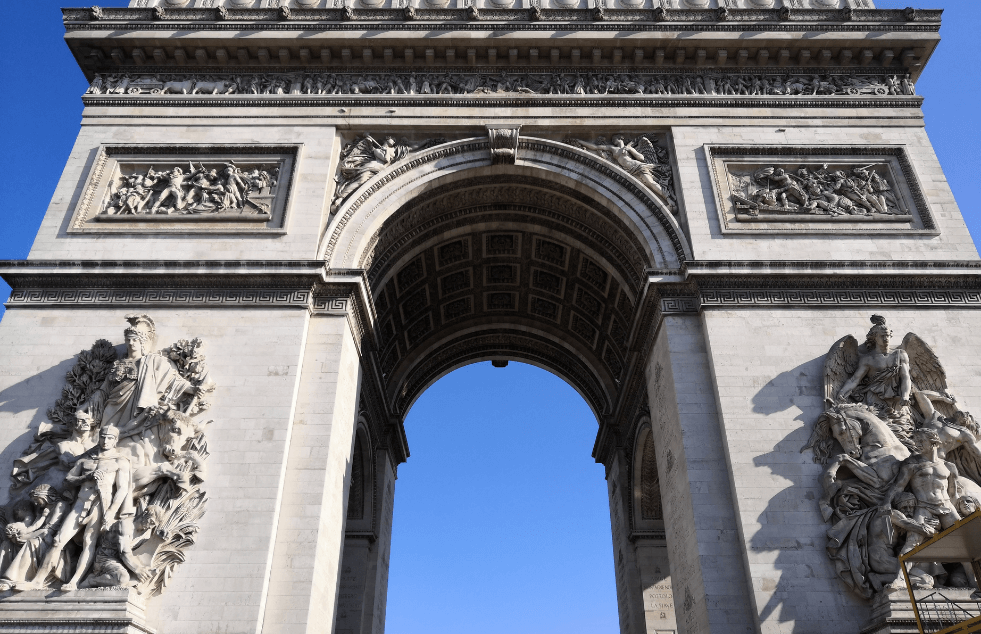
Eiffel Tower
The next stop on this 2 days in Paris itinerary is arguably the most famous feature of the city’s skyline. From Arc de Triomphe, the walk to the Eiffel Tower takes about 30 minutes. Public transport options are also available.
Despite the fact that most of us have probably seen the Tower in films and photos, this 330 metre tall feat of engineering is even more impressive in real life. Constructed in 1889 by Gustave Eiffel, the Eiffel Tower’s wrought-iron design was initially criticised by the taste-makers of the time. That didn’t prevent it from achieving success with the regular public and eventually becoming a symbol of France.
The Eiffel Tower has 3 levels that you can visit. The first floor is 57 metres above the ground. The second floor is located at a height of 115 metres. The third level is the summit. The ticket price depends on whether you want to visit all three levels, or the first two only. If you’re happy to go to the second level, you can save money by opting to take the stairs from the ground.
The view from the top viewing platform is spectacular and you can even toast your visit with a glass of champagne. However, the second level is best for spotting Paris’ main attractions. They can be hard to see when you’re at the very top. We’ve visited all three levels and think they all have something different to offer.
I would highly recommend booking your tickets in advance on the Eiffel Tower website. That way, you can skip the queues. The price of tickets varies depending on the level and access combo that you choose. Check out the website I’ve linked to above for the most up-to-date prices.
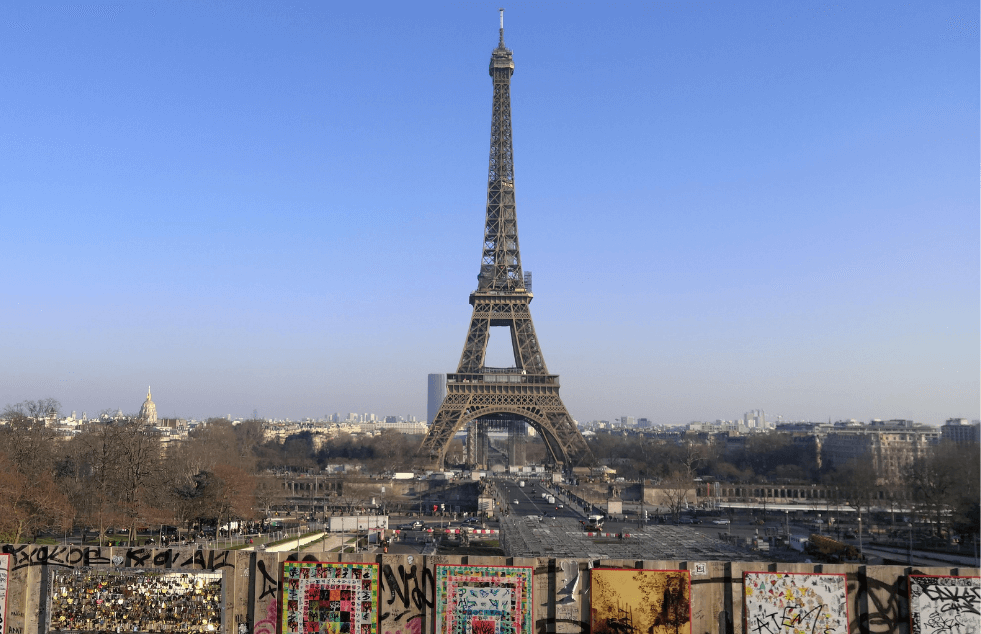
Dinner
If your budget allows, why not take your visit to the Eiffel Tower to the next level and have a romantic meal at the Jules Verne restaurant. Located on the second floor, this one-Michelin-starred restaurant combines gastronomic delights with some of the best views of Paris. To avoid disappointment, book the restaurant well in advance. The restaurant has its own private lift from the ground level.
Doesn’t sound like the right option? No problem, just a short walk from the Eiffel Tower, there are plenty of eateries to choose from. Proximity to the Eiffel Tower is often reflected in higher prices though.
Day 2 of the 2 Days in Paris Itinerary
The second day of this 2 days in Paris itinerary begins on the historic Île de la Cité in the River Seine. This small island in the heart of the city was actually one of the earliest settlements in Paris. Today you can wander its beautiful streets, relax in its parks and enjoy several famous historic sites.
Sainte Chapelle
First on the list is Sainte Chapelle, a stunning medieval chapel that was originally part of Palais de la Cité, the first royal palace in Paris. Built in the 13th century, the chapel is an example of the Gothic style that was common in France at the time.
The most famous feature of the interiors of the chapel is the truly stunning stained-glass windows. Arranged in 15 panels, they depict 1,113 scenes from the Bible. The stained glass in Sainte-Chapelle is a masterpiece in its own right. You can appreciate its beauty no matter the weather, but the colours are especially magnificent on a sunny day.
Admission is €11.50 (12.50 USD). You can book your tickets in advance on the Sainte-Chapelle website.
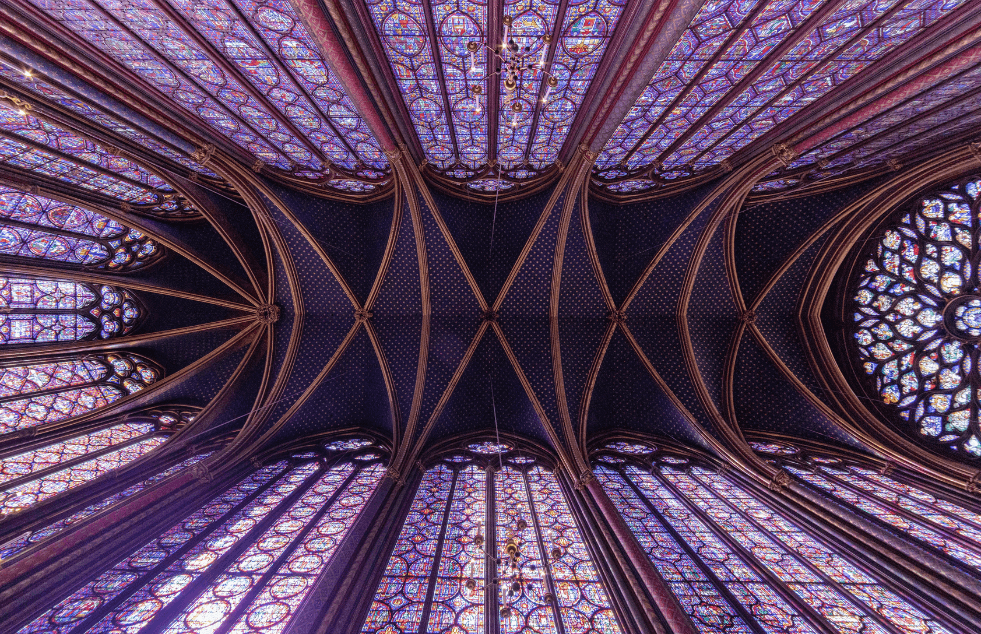
Notre Dame de Paris
Next stop on this 2 days in Paris itinerary is the famous Notre-Dame cathedral, located on the eastern side of Île de la Cité. It is probably one of the most well-known cathedrals in the world, popularised through literature and cinema.
Another fine example of medieval Gothic architecture, its construction began in 1163 and continued for the next two centuries. Even after its completion, the cathedral has seen many modifications.
Due to the fire that took place in 2019, the Notre Dame cathedral is currently closed to visitors (as of May 2022). The restoration work is underway, so we will be able to fully enjoy this historic site in the future. For now, we can admire it from the outside.
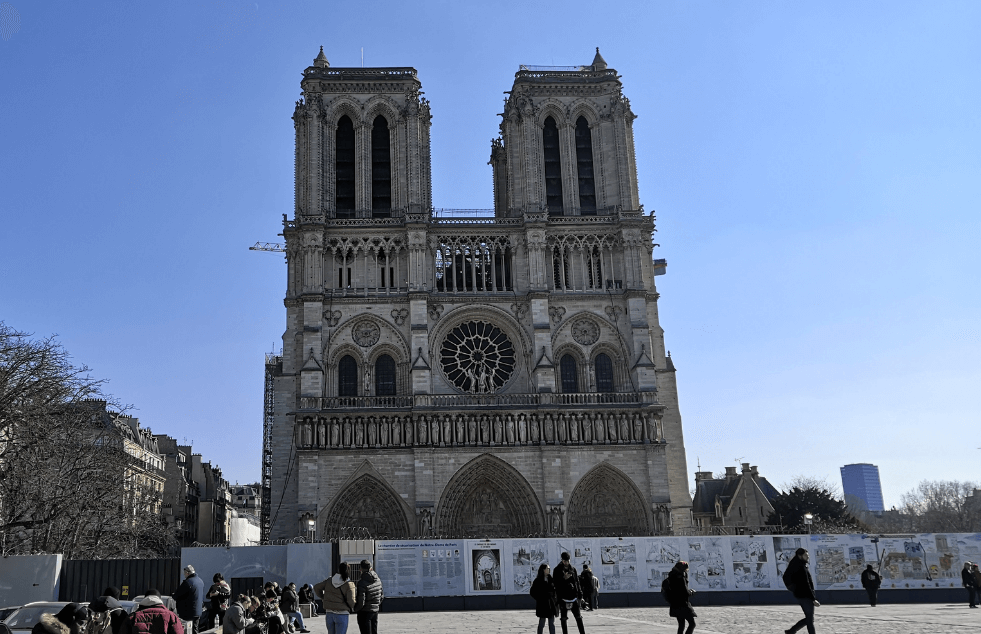
Lunch – Île Saint-Louis
Just across the bridge from the eatern end of Ile de la Cite, sits Île Saint-Louis, a charming small island that feels a world away from its touristy neighbour. Île Saint-Louis is mainly a residential area, so it’s more tranquil and less crowded.
Take the time to wander Île Saint-Louis’ cosy streets and enjoy its beautiful architecture. There are also a variety of independent shops and eateries that are worth a stop. For lunch, I would recommend checking out Le Saint Regis, a French-style bistro with retro interiors. Enjoy some local classics like croque monsieur and beef tartare for a reasonable price (for central Paris).
Musée d’Orsay
After a hearty lunch, let’s return to the mainland. Head to the left bank and walk west along the Seine. The walk to the next stop on this 2 days in Paris itinerary will take about 30 minutes. It will give you a chance to take in the beauty and follow the evolution of historic Paris. This part of the city is actually a UNESCO World Heritage Site. It incorporates many famous attractions and historic institutions. This is probably one of the best city walks you can do in Paris.
Eventually you will reach Musée d’Orsay, an art museum that is home to a world famous collection of French and European impressionist and post-impressionist art. It is housed in a former railway station, a magnificent building that is impossible to miss. The interiors of the museum are as impressive as its external appearance.
Musée d’Orsay exhibits around 3,000 pieces of art, from paintings and sculptures to photographs and decorative arts. So there is plenty to explore. At the very least, you’ll be able to see the iconic masterpieces by the likes of Monet, Van Gogh, Degas, Manet and Cézanne. Since the museum’s collection is so vast, I would recommend grabbing an audio guide to make sure you don’t miss any key pieces (available for €5 or 6 USD).
Admission to the museum is €16 (17 USD). You can book your tickets online on the Musée d’Orsay’s website. Please note, the museum is closed on Mondays.

River Seine Cruise + Dinner
Finish your 2 days in Paris on a high with a relaxing cruise along the river Seine. Enjoy the sights of the city after dark while savouring a delicious meal. There are many cruise options out there to suit your budget and schedule.
The prices generally range between €80 to €150 (85 – 160 USD) per person. The more elaborate your meal is, the more expensive it will be. A window seat may also add to the price. For more info, check out the website of such established operators as Bateaux Parisiens and Bateaux Mouches.
No matter what cruise you opt for in the end, it’s definitely going to be a memorable and romantic experience.
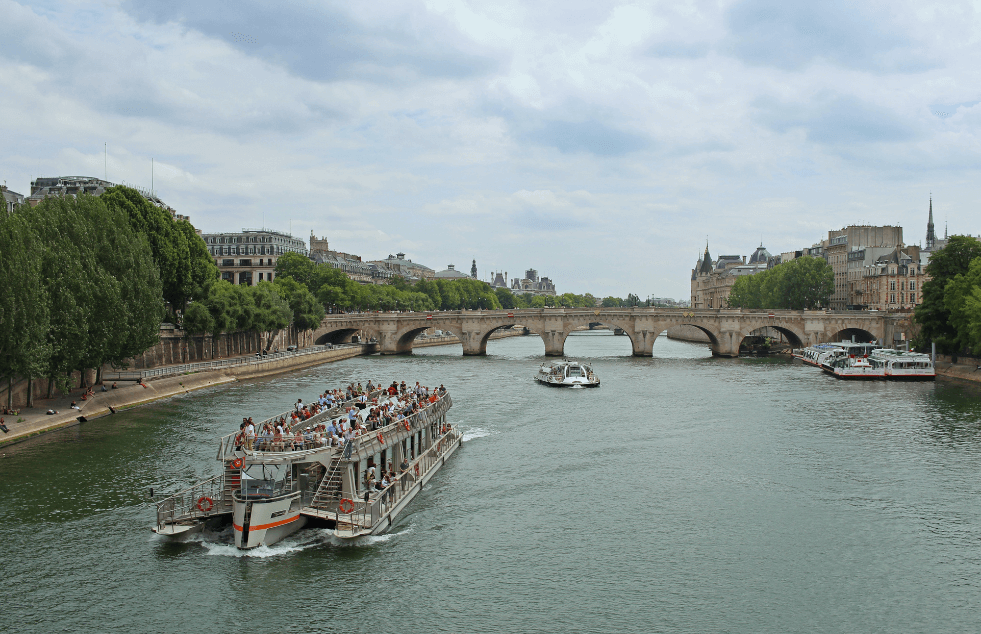
Where To Stay
Paris, like many other historic cities, is best explored on foot. That way, you’ll be able to take in more of its stunning architecture and atmosphere. With just two days in Paris, I would suggest basing yourself in the city centre, so you don’t need to spend too much time getting to the key attractions on this itinerary. Thankfully, there are many options out there.
On our last trip, we stayed at Hotel Le Senat near the Luxembourg Gardens, between Saint-Germain-des-Prés and the Latin Quarter. The hotel was small and cosy, but we were especially pleased with the location. Le Senat is a 10-minute walk away from Île de la Cité. The Louvre is just 20 minutes away.
Both Saint-Germain-des-Prés and the Latin Quarter are beautiful historic areas with plenty to explore. I would absolutely recommend staying in either of them. They are also home to a lively café, restaurant and bar scene, so you definitely won’t be bored there.
Final Thoughts
It’s likely that your 2 days in Paris will fly past and you’ll feel that there’s still so much more to see. One short visit is really not enough to experience everything that a city like this has to offer. I think Paris is one of those places where you can go back to dozens (if not hundreds) of times and still discover something different. Hopefully this itinerary will be your starting point to planning your own visit.
Enjoyed this 2 day Paris itinerary? Bookmark or pin it for later.
